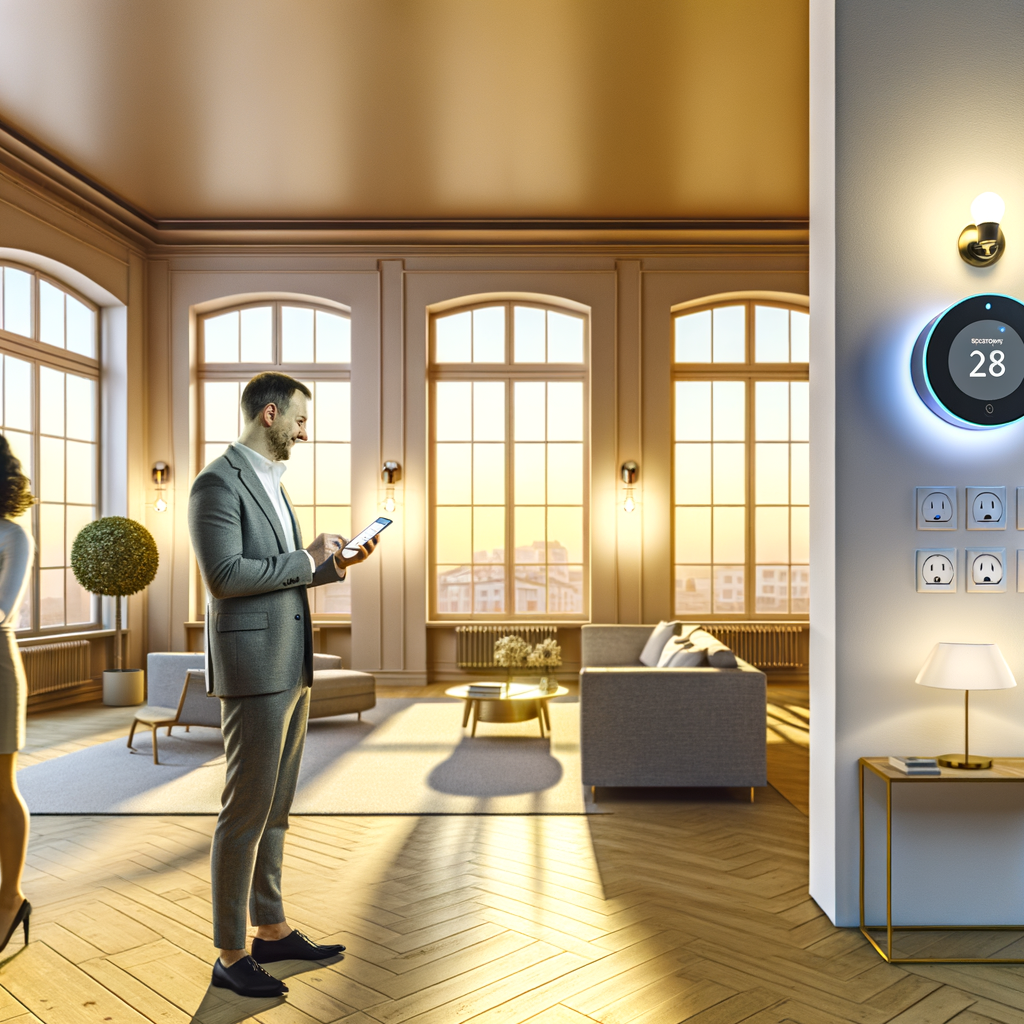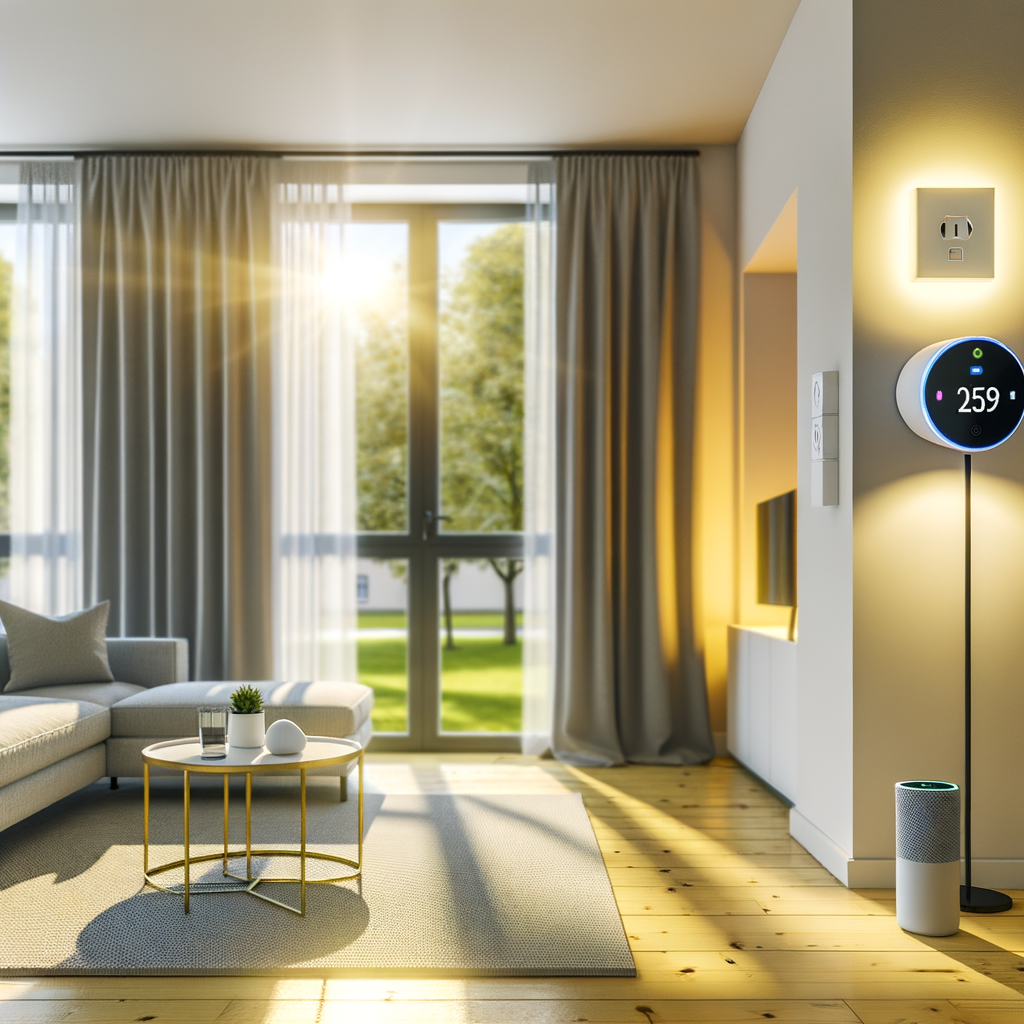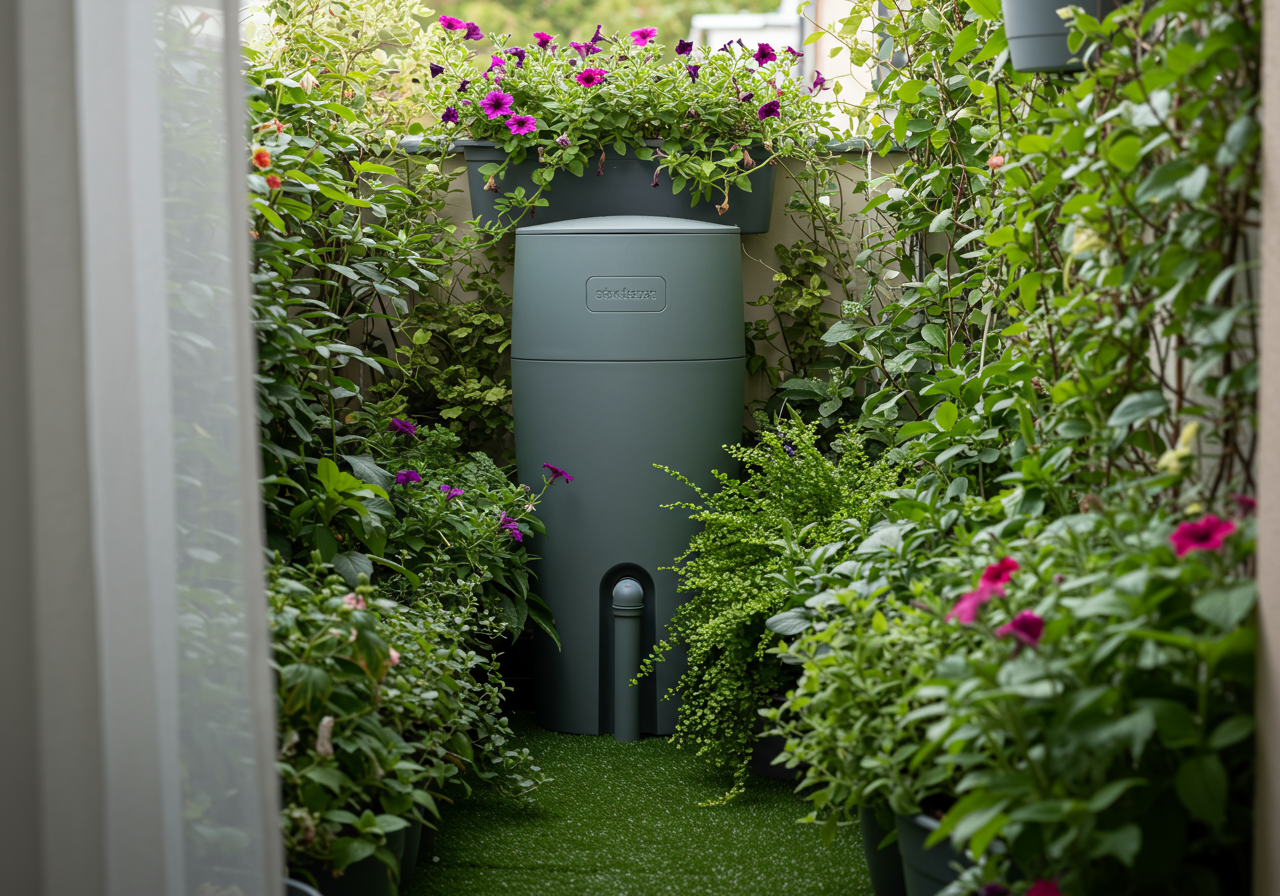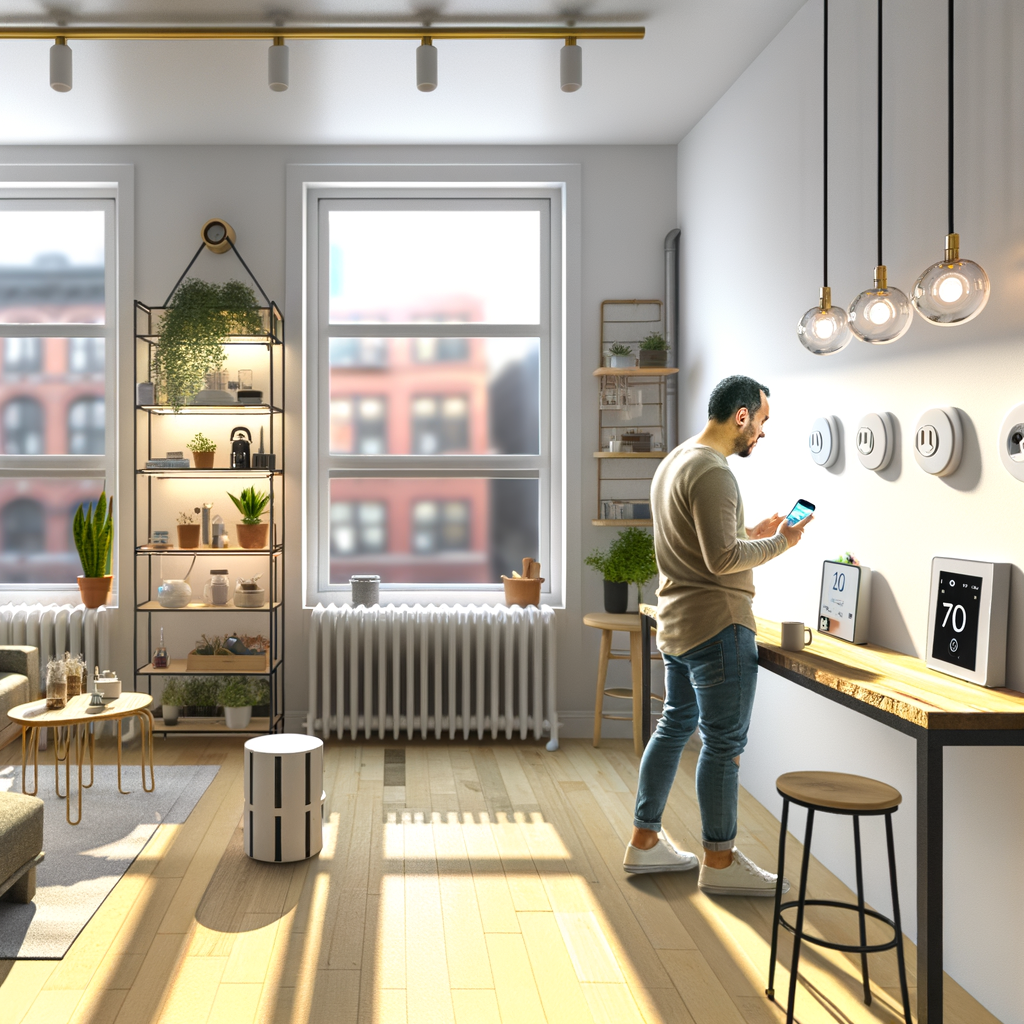Myth-Busting Smart Homes: 5 Common Misconceptions Renters Have About Energy-Saving Tech
Smart home technology is revolutionizing the way we live, offering everything from automated lighting to intelligent thermostats. But for renters, adopting these eco-friendly tools often feels out of reach. Driven by misconceptions and outdated info, many miss out on the major savings and convenience smart tech offers.
Let’s debunk the top five myths renters have about energy-saving smart home tech—and offer actionable advice on how you can make your rental smarter, greener, and more affordable.
1. “Smart Home Tech is Only for Homeowners”
Many renters believe that smart home devices require permanent installations, complicated wiring, or landlord approval. This single myth prevents countless renters from benefiting from significant energy savings and improved comfort.
Why This Myth Persists
- Fear of permanent alterations that could risk your security deposit.
- Uncertainty about removing devices at move-out.
- Lack of knowledge about “plug-and-play” and non-invasive options.
The Reality: Most Smart Tech is Renter-Friendly
- Plug-and-Play Simplicity: Many smart devices, including smart plugs, bulbs, and thermostats, are designed to be easy to install and remove—with no drilling or rewiring necessary.
- Wireless Technology: Wi-Fi, Bluetooth, and Zigbee devices operate wirelessly, so there’s no need to run cables or damage walls.
- Adhesive Mounts and Removable Brackets: Door/window sensors, smart speakers, and cameras are often mounted using sticky pads or removable brackets—leaving no trace when you move out.
Action Steps for Renters
- Start with no-hassle devices—like smart plugs, bulbs, and voice assistants.
- Review product manuals for removal instructions before installing.
- If you want a smart thermostat, check for models requiring no C-wire or complex wiring. Always confirm with your landlord before replacing thermostats or switches.
2. “It’s Too Expensive for Temporary Living”
Smart home upgrades are often seen as investments that only pay off for long-term homeowners. But for renters, the return on investment is faster than you might expect!
Why This Myth Persists
- Outdated perceptions equate “smart” with “luxury.”
- Upfront costs overshadow long-term savings.
- Little knowledge of affordable or multi-use products.
The Reality: Lower Bills and Portable Devices
- Entry-level devices start cheap: Smart plugs and energy monitoring bulbs can cost less than a takeout meal.
- Devices move with you: Most smart items, from bulbs to hubs, are portable and can travel from rental to rental.
- Immediate energy savings: Many renters see reductions in monthly energy bills within the first billing cycle—often paying off the device cost in under a year.
Action Steps for Renters
- Start small; buy a single smart plug, switch, or bulb to test the impact.
- Track your energy savings using your utility’s dashboard or smart device app.
- Take your tech with you when you move—maximizing the value of your initial investment.
3. “My Landlord Will Never Approve”
Renters often think any tech upgrade—especially anything electrical—is a big “no” from landlords. But that’s rarely the case with today’s smart home solutions.
Why This Myth Persists
- Worries about violating lease terms.
- Fears of being blamed for “modifying the property.”
- Concern about device removability.
The Reality: Most Landlords Say Yes (or Won’t Even Notice)
- Non-permanent devices don’t require landlord approval: Items like smart bulbs, plugs, and battery-operated cameras plug in or mount temporarily.
- Smart thermostats are often approved: If your building uses individual HVAC controls, landlords may OK a tenant-funded upgrade—especially if you agree to reinstall the original at move-out.
- Energy savings benefit everyone: Lower energy consumption can help maintain system health and might even increase the property’s appeal to future renters.
Action Steps for Renters
- Check your lease for rules on modifications or device installation.
- Request permission in writing for anything that requires swapping out fixtures, like thermostats or hardwired switches—offer to revert changes upon moving out.
- Highlight the benefits (energy savings, convenience, increased property value) when communicating with your landlord.
4. “Smart Tech is Complicated to Install or Use”
The prospect of complex setup processes, endless networking problems, or confusing app interfaces stops many renters before they start. But modern eco-friendly technology has been designed for simplicity and user experience.
Why This Myth Persists
- Memories of frustrating, early smart home products.
- Assumptions about needing to “code” or be tech-savvy.
- Jargon-heavy marketing.
The Reality: Devices Are User-Friendly and Come with Support
- Plug-and-play setup: Most smart products only need to be plugged in—and setup takes a few minutes via a smartphone app.
- Guided onboarding: Interactive apps walk you through step-by-step installation, often using QR codes or automatic discovery.
- Hands-free control: Voice assistants like Alexa and Google Assistant make controlling your smart home as simple as asking for it.
Action Steps for Renters
- Check product reviews for renter-friendly setup experiences.
- Utilize manufacturer support—most companies offer live chat, forums, and how-to videos.
- Experiment gradually—start with one device, and add more as you gain confidence.
5. “Smart Devices Invade My Privacy”
Concerns over data privacy, surveillance, and hacking are valid—but often misunderstood. Renters worry that smart home gadgets might compromise their security rather than improve it.
Why This Myth Persists
- News stories about data leaks or hacking incidents.
- Unfamiliarity with device privacy settings.
- Vague terms of service and privacy policies by manufacturers.
The Reality: You Control Your Smart Home Data
- Robust privacy settings: Devices now offer detailed controls over data sharing, voice recordings, and remote access.
- Regular firmware updates: Manufacturers push security fixes and updates automatically.
- Offline/Local control: Many devices offer local-only operation for the highest privacy (your commands or data don’t leave your home network).
Action Steps for Renters
- Research devices for strong privacy practices and user-centric design.
- Immediately set up privacy controls; disable cloud sharing, change default passwords, and enable two-factor authentication.
- Regularly update your devices to patch vulnerabilities.




